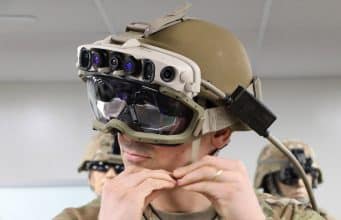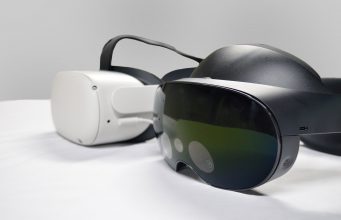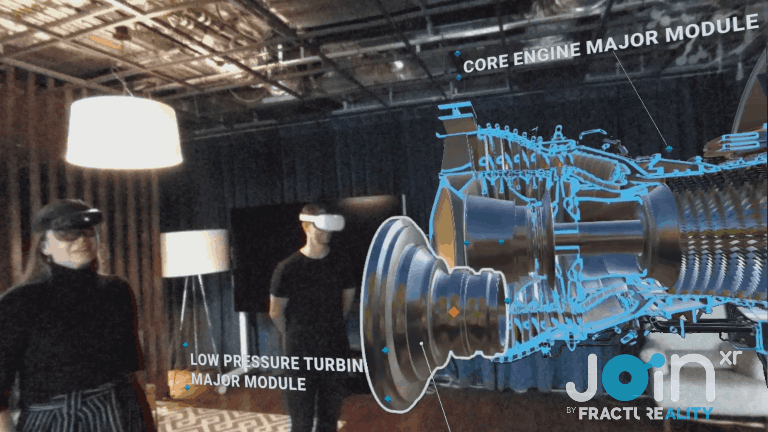Microsoft to Supply US Army More AR Combat Headsets Following Positive Field Test
Microsoft’s HoloLens-based headset built on contract for the US Army has passed an important round of field testing by soldiers. The company is now set to fulfill a larger order to be used in more rigorous testing slated to take place in 2025.
Awarded in 2019, Microsoft’s $22 billion defense contract is aiming to supply the US Army with a tactical AR headset for soldiers based on HoloLens 2 technology, or what’s called an Integrated Visual Augmentation System (IVAS),
According to Bloomberg, 20 prototype versions of the newer 1.2 IVAS headsets were field tested by two squads of solders in late August specifically to check for improvements in reliability, low-light performance and ergonomics. It was reported in early 2022 that Microsoft was bracing for negative field testing, citing concerns with low-light performance and nausea.
Taking place at Fort Drum, New York, those tests “demonstrated improvements in reliability, low light sensor performance, and form factor,” a US Army spokesperson told Bloomberg, saying further that “soldier feedback was positive.”
The Army awarded Microsoft another contract on September 5th for the 1.2 IVAS to see if the company could scale production. Its $22 billion contract indicates an upper target, and not the full amount granted to Microsoft at present.
Microsoft to Supply US Army More AR Combat Headsets Following Positive Field Test Read More »


